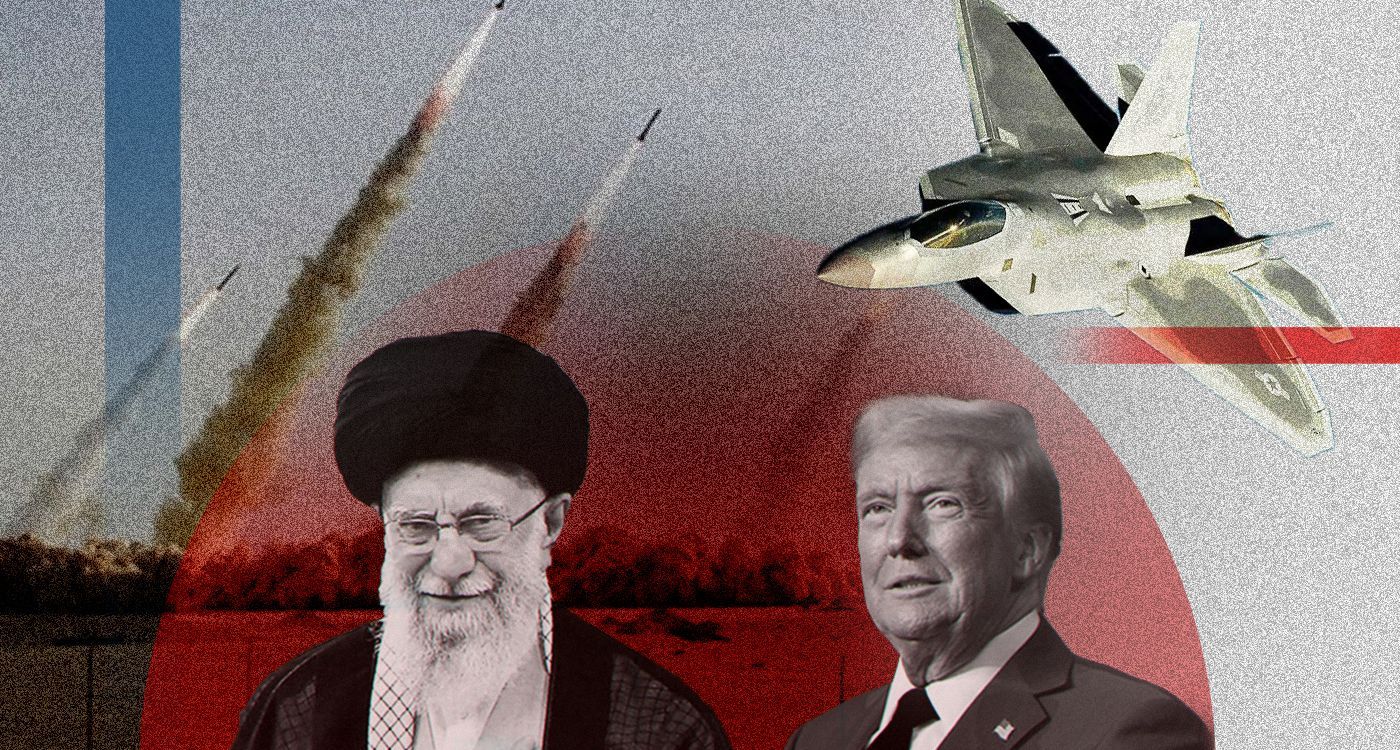- Home
- Middle East
- Nuclear: Trump and the Iranian Dilemma

©This is Beirut
Since his return to power, US President Donald Trump has intensified pressure on Iran, particularly targeting its nuclear program. In March, he sent a letter to Tehran urging it to negotiate a new nuclear agreement and issued a two-month ultimatum. Then, in an interview with NBC on Sunday, Trump threatened the Iranians, stating that “if they do not sign an agreement, there will be bombings.”
These threats highlight the race against time in which Iran and the United States are engaged. “US pressure on Iran has accelerated due to the October 18, 2025 deadline – the expiration date of the 2015 Iran nuclear agreement,” says David Rigoulet-Roze, the Editor-in-Chief of Orients Stratégiques and a Middle East specialist, in an interview with This is Beirut. “Even though the United States unilaterally withdrew from the agreement in May 2018, it remains formally in effect.”
The End of the “Snapback” Threat
Signed in 2015, the Vienna nuclear agreement aimed to limit Iran’s nuclear program to civilian purposes under strict supervision by the International Atomic Energy Agency (IAEA), in exchange for a partial lifting of international sanctions. The treaty includes sunset clauses ranging from 10 to 15 years, after which Iran is theoretically no longer bound by its commitments – although the purpose of these clauses was primarily to renegotiate a new agreement before its expiration.
As part of the deal, a “snapback” mechanism, introduced at France’s request, allows for the automatic reimposition of sanctions if Iran violates the agreement. This was a significant addition to the treaty, as such provisions are rare in arms control agreements.
October 18, 2025 – the tenth anniversary of the treaty – also marks the deadline for deciding whether to terminate or extend UN Security Council Resolution 2231. After this date, international (non-US) sanctions imposed by six Security Council resolutions can no longer be automatically reinstated. Additionally, all remaining sanctions and restrictions related to Iran’s nuclear program – including those on nuclear activities and sensitive transfers – will be lifted unless the Security Council decides otherwise before the deadline. This includes restrictions on uranium enrichment, enriched uranium stockpiles, and the use of certain advanced centrifuges.
However, before the deadline, any permanent member of the Security Council – such as France or the United Kingdom – could still initiate the snapback procedure to reinstate sanctions. “Iran fears that this request will go before the UN Security Council, especially as President Donald Trump is pushing for this to happen,” explains Rigoulet-Roze. “Iran is already facing US ‘maximum pressure,’ but it has not yet suffered the consequences of a potential reimposition of international sanctions that were officially lifted by the 2015 agreement. If the snapback mechanism were triggered before the deadline, even China and Russia would theoretically be forced to comply,” he adds.
This risk is heightened by Iran’s actions since the US withdrawal from the agreement in 2018, as Tehran has resumed uranium enrichment beyond the treaty’s limits.
The Dilemma and the Nuclear Bomb
The pressure exerted by Trump since March has placed Iranian authorities in a dilemma: either accept the terms of his new agreement – effectively dismantling their nuclear program – or, as he has threatened, risk a military strike.
“The Iranians are trying to buy time, giving the impression that they are willing to negotiate while refusing direct talks with the United States. This is also a way to stall until the October 18 deadline, which would render the snapback mechanism obsolete,” says Rigoulet-Roze.
“This is why President Donald Trump has sent a letter that reads like an ultimatum, with a two-month deadline for negotiating a new agreement – one that the Iranians seem unlikely to accept, as it would be even more restrictive than the 2015 deal. This raises the possibility that Tehran may now be willing to risk strikes on its nuclear facilities,” he adds.
This risk is further underscored by increased military activity at the US base on Diego Garcia, an island in the Indian Ocean. Satellite images show the deployment of at least six B-2 Spirit stealth bombers (out of the 18 in service) to the base.
“This is not just posturing,” confirms Rigoulet-Roze. “This kind of operational adjustment has happened twice before – first in October 2001 for the air campaign against the Taliban in Afghanistan, and then in March 2003 in preparation for the invasion of Iraq. US B-2 Spirit bombers are the only aircraft capable of carrying GBU-57 bunker-buster bombs, which can penetrate up to 60 meters underground.”
Additionally, refueling aircraft have been spotted on the island, which remains out of reach of Iranian ballistic missiles, whose maximum range is estimated at 2,000 km.
In response to the US threat, Iran’s Supreme Leader, Ayatollah Ali Khamenei, has vowed a “firm response” if the country is bombed, making the statement in Tehran during a speech marking the end of Ramadan. On Monday night, Ali Larijani, a close adviser to the Ayatollah, reinforced this stance, asserting that while Iran does not seek to develop nuclear weapons, it would have “no choice but to do so” if attacked.
If Iran wishes to acquire the deterrent power of nuclear weapons, it must make a decision quickly – before a possible US attack. It is a weighty decision, faced with a US president determined to achieve his objectives.
Read more





Comments